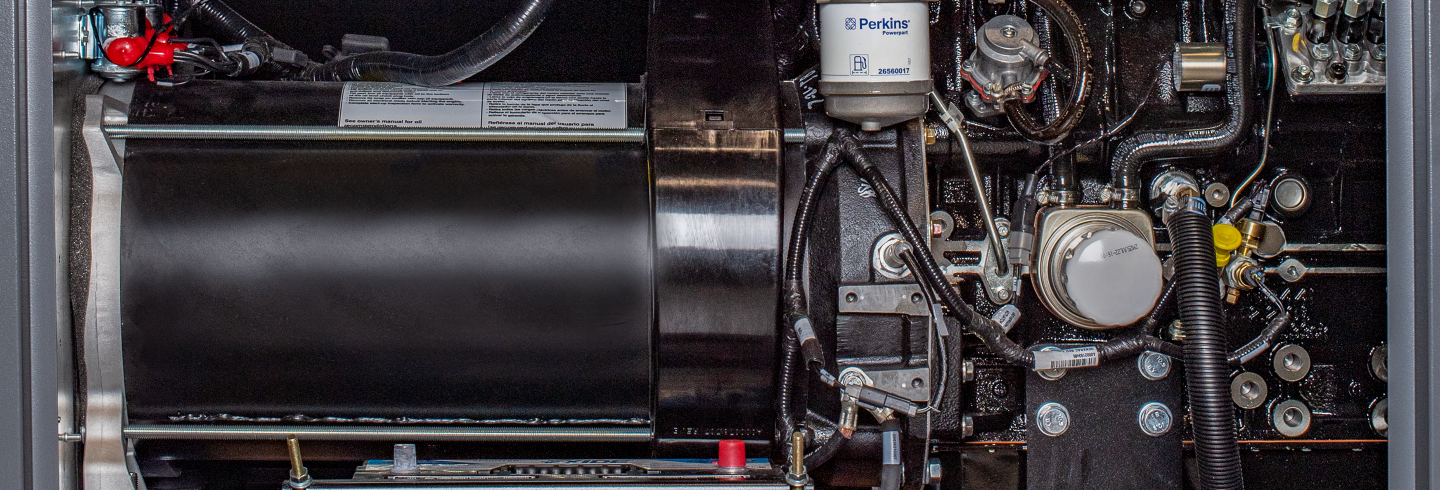
Natural Gas Resources
A Case for Natural Gas Back-Up: Addressing the Life Safety Building Codes
The National Fire Protection Association is responsible for developing, updating and publishing over 300 life safety building codes and standards specifically intended to eliminate death, injury, property damage and economic loss due to fire, electrical and other hazards.
NFPA 110 is the standard for natural gas backup generator systems, categorized under Emergency and Standby Power Systems. This standard covers the unique performance requirements for emergency and standby power systems. The ultimate goal of NFPA 110 is to ensure that emergency backup systems will have a consistent level of reliability. Emergency generators are commonly required and are used to address life safety concerns associated with the loss of power, such as in hospitals and facilities’ emergency lighting systems, fire alarms, exhaust and pressurization fans.
Requirements for generator testing are also contained in the NFPA 110 standard, which means any building that uses an emergency generator needs to maintain a testing regimen, which for diesel generator systems, is run and tested monthly and includes four categories of inspection and testing:
- Fuel System
- Lubrication System
- Cooling System
- Exhaust System
Reliable emergency genset systems require stringency in testing and excellent record keeping. This includes the generator itself as well as the electrical transfer switching. In fact, the 2016 standard update added a requirement whereby the generator initiates using a different automatic transfer switch (ATS) each month. This procedure is intended to ensure that each transfer switch is working properly.
Fuel reliability is a paramount to overall emergency backup power system reliability. While many facilities already have and will continue to specify a diesel-powered genset, a number of issues associated with diesel fuel should be considered:
- Ambient air temperature variations can cause or accelerate the degradation of diesel fuel and can lead to condensation within the fuel tanks.
- Any exposure to ambient air will cause oxidization of the diesel fuel.
- Microbiological contamination and growth, which is naturally occurring in low-sulfur diesel fuels, can also advance the corrosion of steel tanks and fuel system components that can clog filters and decrease fuel efficiency.
Facility managers must be precise and committed to maintaining their generators’ diesel fuel supply. Generally, diesel fuel has a shelf life of less than one year, which makes an annual fuel maintenance procedure like diesel fuel polishing a burdensome necessity.
Despite its widespread use, diesel generators are also vulnerable to catastrophic events that could cripple transportation infrastructures, making refueling trips problematic. Hurricanes such as Hurricane Sandy did in 2012, have strong potential to create massive disruptions to the diesel distribution network – leaving stations unable to pump diesel fuels.
While most requirements within NFPA 110 are in reference to diesel-powered generators, there are provisions and exceptions for natural gas-powered gensets. Whether or not to use natural gas to power emergency backup generators instead of diesel will depend on the intended application and power requirement. Unless the AHJ allows otherwise, most mission-critical applications may still require on-site fuel storage (diesel). However, a strong case can be made for non-code-required applications where natural gas is a viable option. With natural gas, fuel storage is not an issue – and thus neither is fuel maintenance. Natural gas fuel is supplied by a highly reliable municipal infrastructure, and this continuous supply will greatly extend a generators run-time from hours to nearly unlimited.
While diesel has been a de facto fuel of choice for emergency backup and standby generators, it’s no longer the only option. Today, consulting and specifying engineers, building owners, and facility managers have a natural gas fuel choice that works within the NFPA 110 standard. (Bi-fuel generators are also an option when they fit the application). Generac Industrial Power can help you choose a unit that meets these standards and more.
Code Compliance
Despite their use of utility-supplied natural gas, Generac Bi-Fuel generators meet the on-site fuel requirements for emergency systems as referenced in NEC700 and NFPA 110. With less diesel fuel required to be stored on-site, permitting also becomes easier. Indoor fuel installations with capacity limits per NFPA or local codes also become a viable option.
Codes & Standards
-
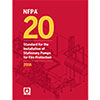
NFPA 20: Fire Pumps
-
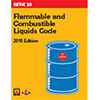
NFPA 30: Flammable & Combustible Liquids Code
-
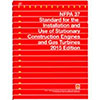
NFPA 37: Standard for the Installation & Use of Stationary Combustion Engines & Gas Turbines
-
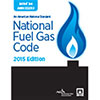
NFPA 54: National Fuel Gas Code
-
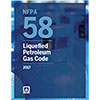
NFPA 58: Liquefied Petroleum Gas Code
-
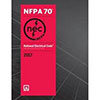
NFPA 70: National Electrical Code
-
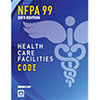
NFPA 99: Health Care Facilities Codes
-
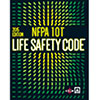
NFPA 101: Life Safety Code
-
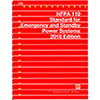
NFPA 110: Standard for Emergency & Standby Power Systems
-
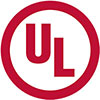
UL 142: Steel Aboveground Tanks for Flammable & Combustible Liquids
-

UL 891: Dead-Front Switchboard
-

UL 1008: Transfer Switches
More Codes & Standards
-

UL 1558: Metal-Enclosed Low-Voltage Power Circuit Breaker Switchgear
-

UL 2085: Protected Aboveground Tanks for Flammable & Combustible Liquids
-

UL 2200: Stationary Engine Generator Assemblies
-

ISO 3046-1: Reciprocating Internal Combustion Engines -- Performance --Part 1: Declarations of Power, Fuel & Lubricating Oil Consumptions, & Test Methods
